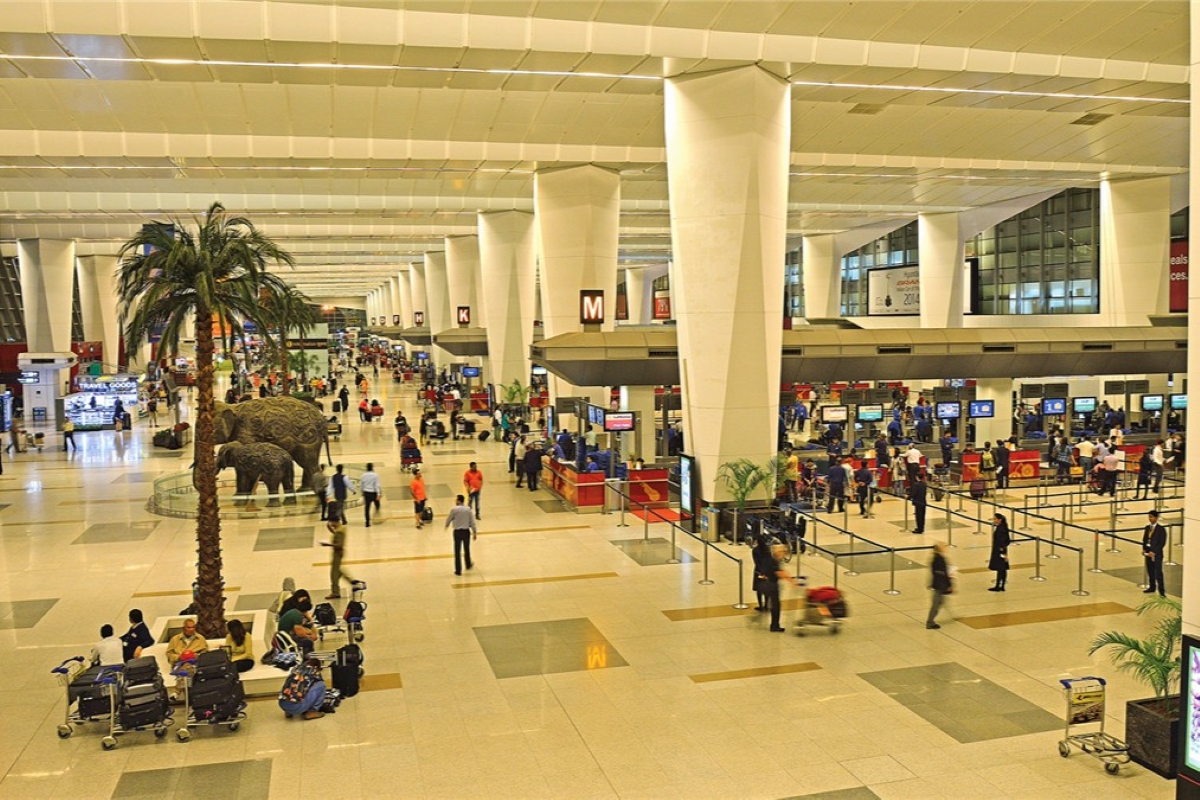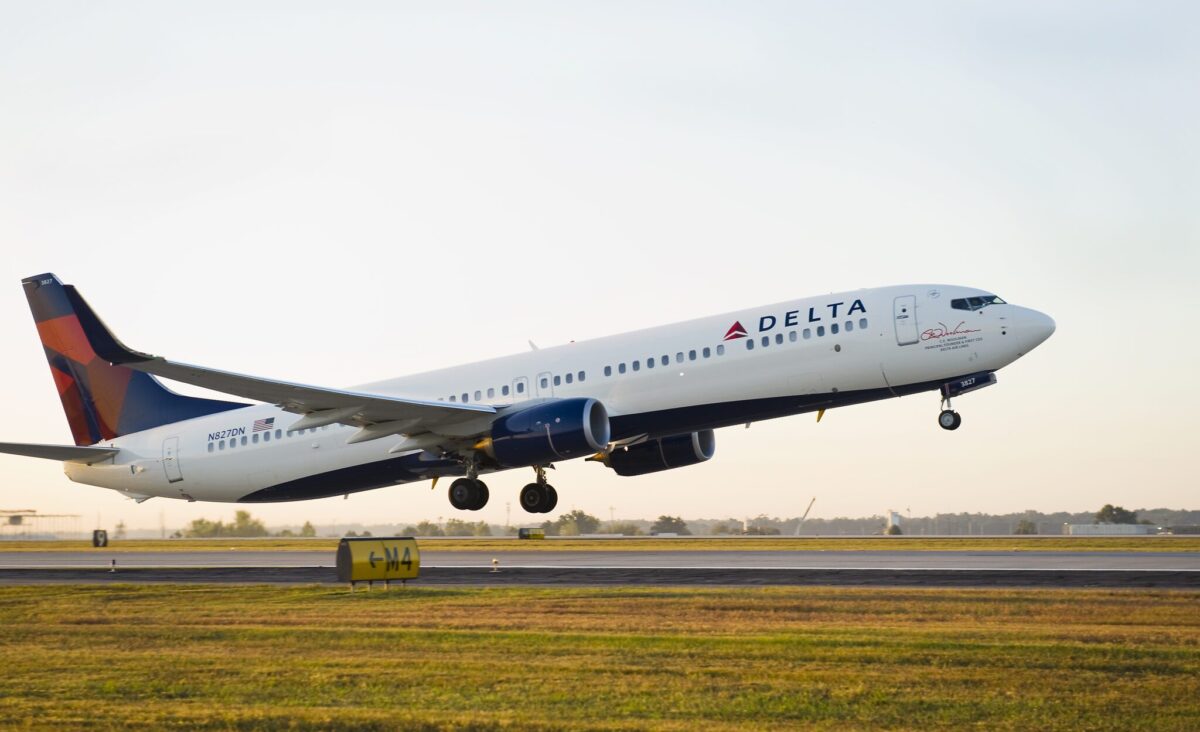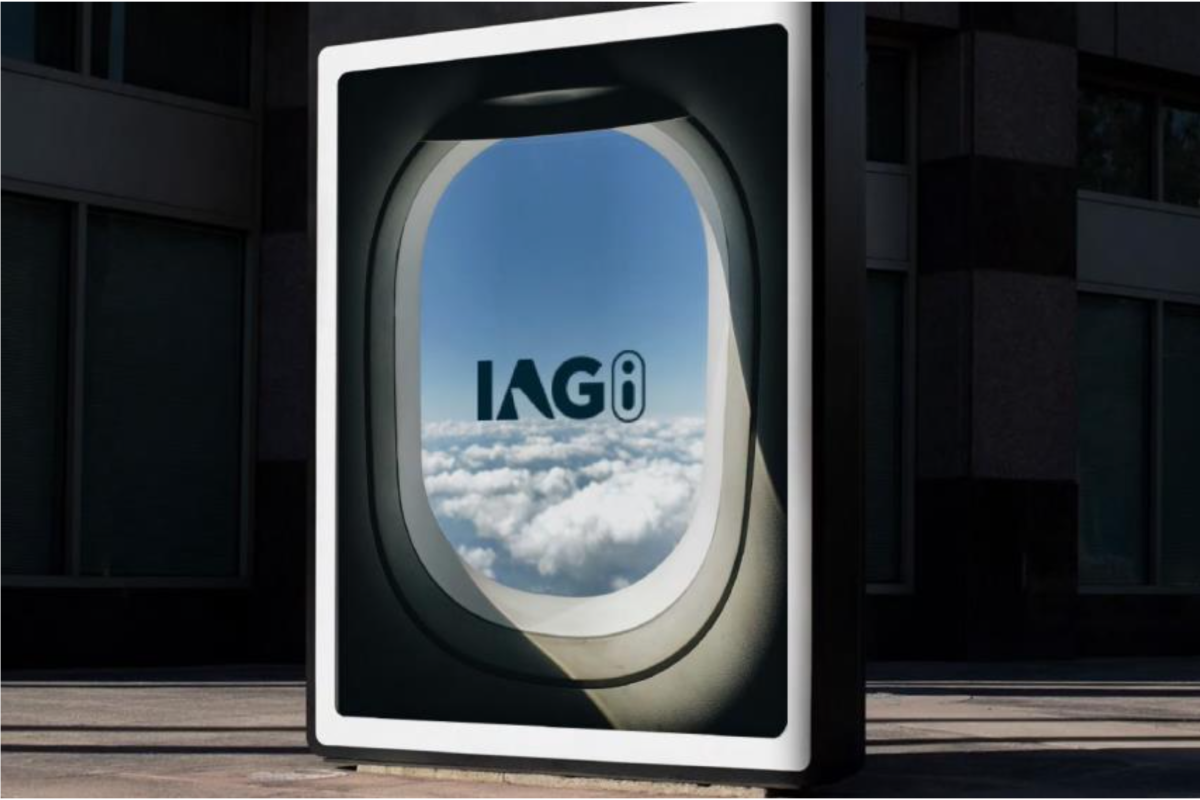Travel's New Constant Volatility Requires Smarter Embrace of Data

Skift Take
Volatility in travel demand signals will remain long after the pandemic wanes. That's according to Boston Consulting Group (BCG), which argues that airlines, hotel chains, and cruise lines need to draw faster insights from their data.
"History is no longer necessarily a lens to the future," said Jason Guggenheim, global head of travel at BCG's travel and tourism practice. Innovative companies need ways to see the future with more clarity in a world that is more volatile.
This analysis echos one of Skift's megatrends defining travel in 2022, which was that "uncertainty is the new certainty." Companies that are flexible with a greater diversity of business lines will perform the best against unknowns, we argued.
The consultancy's specific point is that the pandemic made classic revenue management practices less reliable.
"We're seeing people move from 'can I predict demand?' to 'can I sense demand?'," Guggenheim said in a new podcast last week. "Management teams and leaders have to look for signals that are far weaker and maybe in some cases not even related to the industry they're in."
Tuning in to Hear Subtle Shifts in Demand
The pandemic's disruption was unprecedentedly severe, but it wasn't just a one-off. The knock-on effects of the surprise Russian invasion of Ukraine have once again upended the traditional ways companies use to predict supply and demand trends to set pricing for different customer segments.
Looking long-term, climate change will have an unpredictable impact on travel demand. This dynamic was underscored by Microsoft's announcement last week that it would more stringently cap the company's contributions to carbon emissions — with business travel an implied target for restraint.
Higher volatility presents an opportunity to travel companies that are more nimble at spotting and responding to signals that predict shifts in demand. The consultancy has touted what it calls "bionic revenue management," which it describes as a blend of computer-generated predictions with human judgment and an analysis of historical, forward-looking, and non-travel market signals. It also touts the use of data lakes, or customer data platforms.
Operational planning need to be faster, too. Guggenheim cited the example of airlines. In the past, airlines might have taken up to 180 days in advance to plan their networks, schedule flights, and assign fleets. But given the increasing volatility, airlines need to be able to toggle supply up and down much faster.
Across travel verticals, data-savvy can give a company a hedge in cases of volatility, widening a performance gap with its rivals.
"Companies need to be more reactive without human brute force," Guggenheim said, urging businesses to fine-tune their workflows. "Historically, when a change was needed, it took a lot of human hands to push that change through the businesses, such as for repositioning aircraft or ships. Now with the use of technology, you can become less reliant on a lot of people making things happen."





